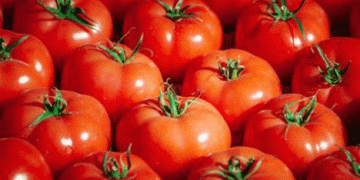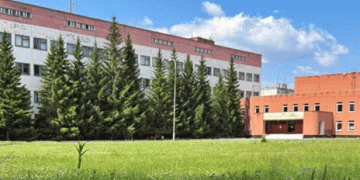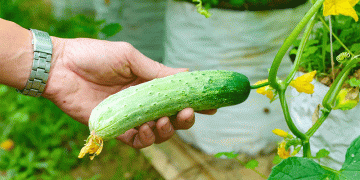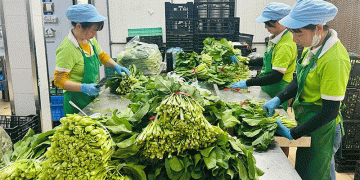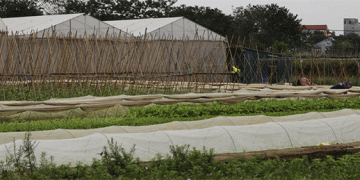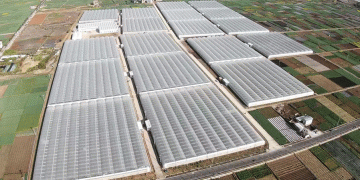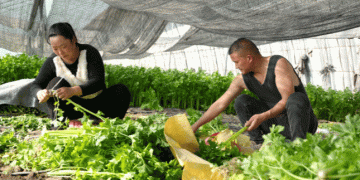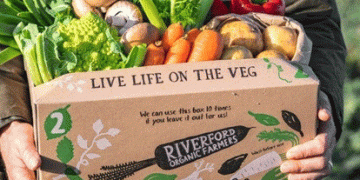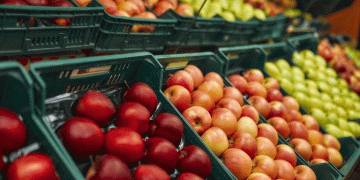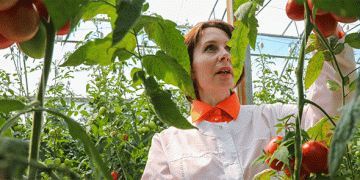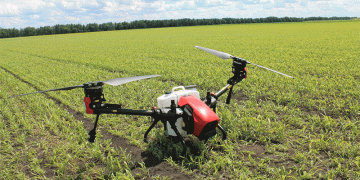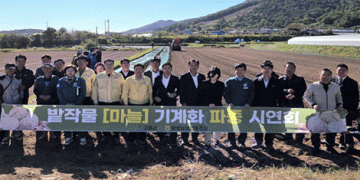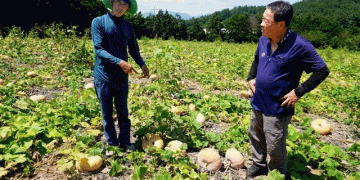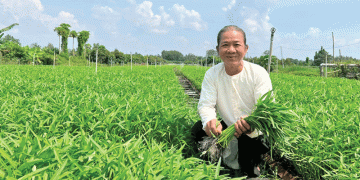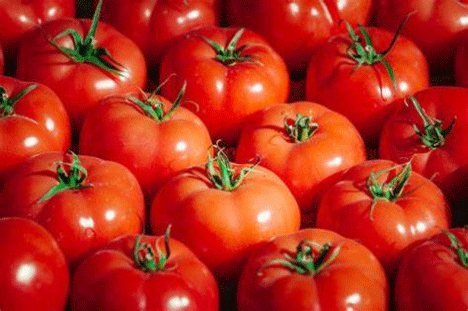In 2024, Spanish tomato prices experienced a significant surge, doubling from the amount received by producers to the final price on destination markets.
According to data from the Price and Market Observatory of the Andalusian Government, Spanish tomato producers received an average of €0.76 per kilogram in 2024. This same product reached an average market price of €1.52 per kilogram, representing a 100% increase from farm to consumer.
Comparative Analysis Over Recent Years
- 2023: Producers earned an average of €1.17 per kilogram, with market prices averaging €1.72 per kilogram, marking a 47.01% increase from producer to consumer.
- 2022: The average price at the farm gate was €0.96 per kilogram, while consumers paid an average of €1.55 per kilogram, indicating a 61.46% increase.
These figures highlight a growing disparity between producer earnings and consumer prices over the past three years.
Factors Influencing Price Dynamics
Several elements have contributed to the widening gap between producer and consumer prices:
- Increased Production Costs: Rising expenses for inputs such as seeds, fertilizers, and energy have escalated production costs for farmers.
- Supply Chain Expenses: Costs associated with transportation, storage, and distribution have risen, impacting the final retail price.
- Market Demand Fluctuations: Variations in consumer demand, influenced by seasonal trends and economic conditions, affect pricing structures.
- Import Competition: Spain’s tomato imports increased by 12.6% in 2024, totaling 173.63 million kilograms. The average import price was €1.05 per kilogram, slightly lower than the €1.15 per kilogram recorded in 2023. Portugal emerged as the primary supplier, accounting for 49.67% of total imports, with an average price of €0.85 per kilogram. Morocco followed, supplying 24.46% of imports at an average price of €1.34 per kilogram.
The 100% increase in tomato prices from producers to destination markets in 2024 underscores the complexities within Spain’s agricultural supply chain. Addressing the widening gap requires a multifaceted approach, including cost management, supply chain efficiency, and strategic market positioning, to ensure equitable benefits for both producers and consumers.
